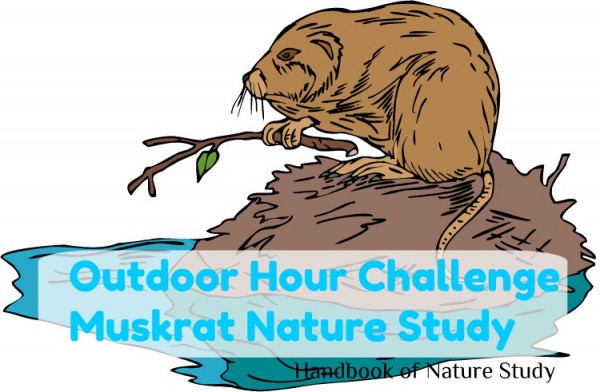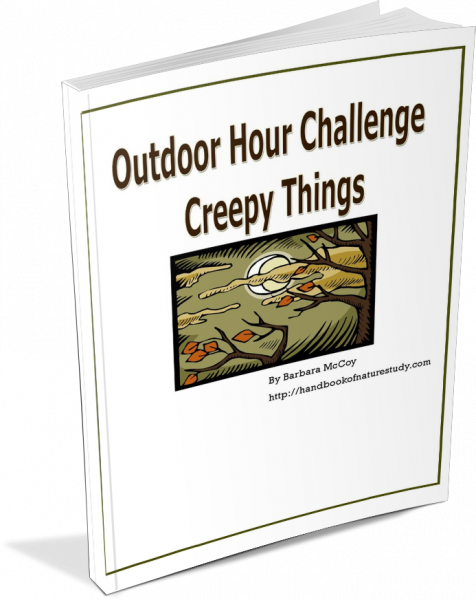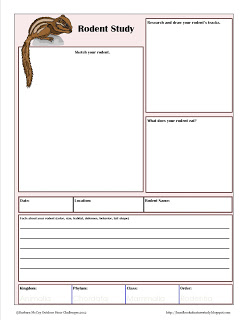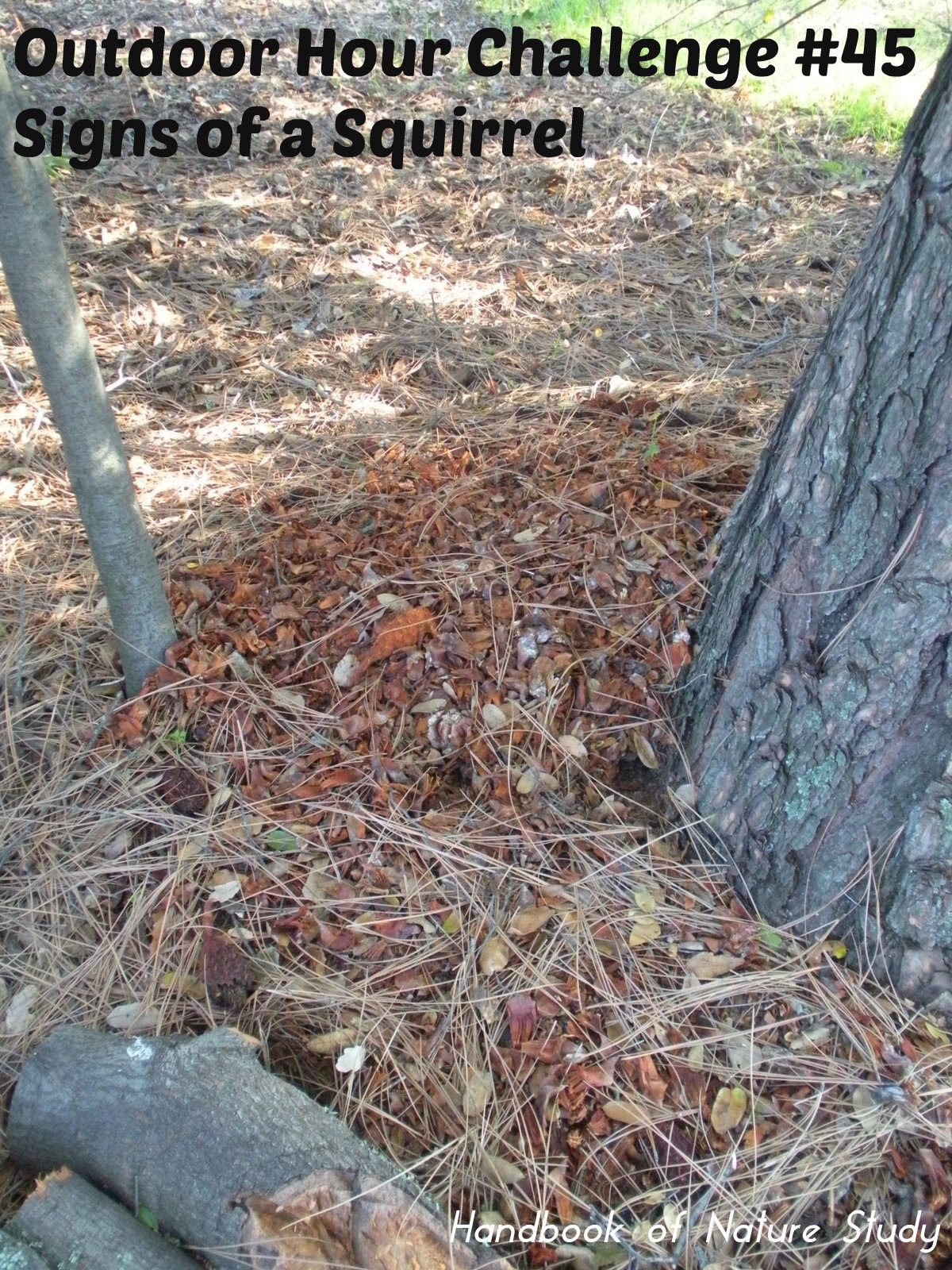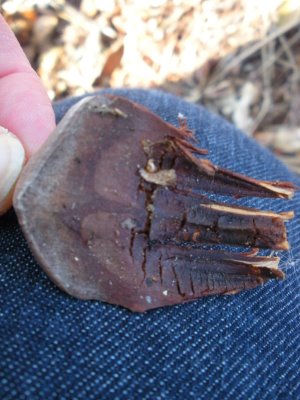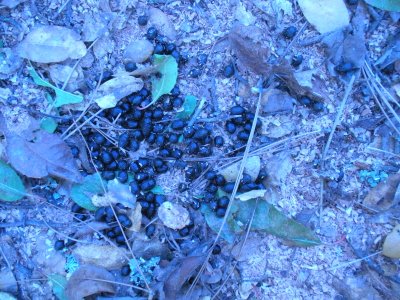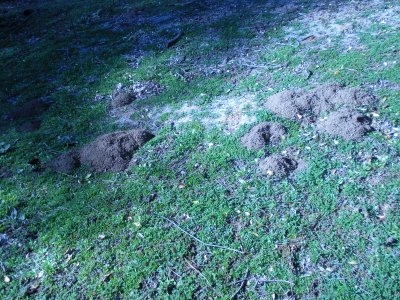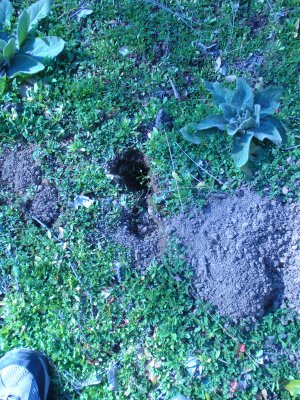This week’s nature study topic is the muskrat. Muskrats get their common name from the musk or fragrance they emit to attract a mate and to mark a territory. This is just one of the interesting facts about this mammal that you can learn from your study of the muskrat. Use the links below to get started and learn alongside your child.
- Research the muskrat in a field guide or a book you find at your local library. Here’s an online resource for this challenge: Common Muskrat. This one is also very informative: Common Muskrat.
Alternate study this week
You may choose to complete a related study learning more about:
Outdoor Hour Challenge – Beaver
Outdoor Hour Challenge – Mouse (More Nature Study Summer Ebook)
See the Creepy things ebook for more muskrat nature study ideas, videos, and printables!
Please note that I will not be posting the complete challenge here on the blog. You’ll find the detailed challenge in the Creepy Things ebook that’s available both in the Ultimate Naturalist and Journey level memberships. Sign into your account and download the ebook for the details, more links, and notebook pages.
If you don’t have a membership yet, click the graphic above and join today for immediate access to the 26 ebooks and so much more! Remember that all levels, even the Discovery level membership, include access to all of the archived newsletters!
Topics in this ebook include:
- Banana slug
- Tarantula
- Black widow
- Scorpion
- Leech
- Muskrat
- Sphinx moth
- Cicada
- Millipede
- Poison oak
Use the discount code SUMMERNATURE for $10 off an Ultimate Naturalist Library membership.
Code expires 8/1/2020.

